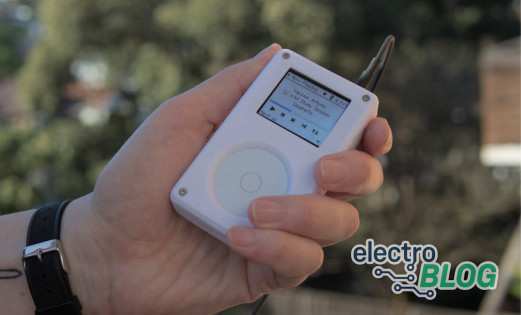4 Amazing Raspberry Pi Synthesizer Projects
Sonic Pi is a well-regarded inclusion in the Raspbian Stretch operating system. You basically have the opportunity to make music with your Raspberry Pi the moment you boot it up (just make sure you have a suitable audio device attached!)
Some users have taken the possibility of the Pi as a music-making device and run with it. We’ve found these four Raspberry Pi synthesizer projects that will amaze you.
1 - TronPi Mellotron Emulator
Built to emulate the distinctive sounds of the Mellotron keyboard from the 1960s (an electro-mechanical device, essentially an analogue replay keyboard, famously used by the Beatles in “Strawberry Fields Forever”, among others), the TronPi features the four classic Mellotron sounds: choir, strings, brass and flute.
To control the TronPi, you’ll need a standard USB/MIDI keyboard. As you can see in the accompanying video, there is no perceptible latency.
Check Andrew Dotnich’s full instructions if you want to build your own TronPi!
2 - The JoyTone
The JoyTone is a stunning instrument, like a futuristic keyboard. Each thumb-sized joystick is mounted in a hexagon, eventually forming a massive grid. Details on building this are scarce, but as developer Dave Sharples stated in 2014:
“The notes are distributed on a hexagonal grid, and they all ... have the same musical relationships to each other ... This means that musical structures like a major chord or a minor scale are always the same shape, no matter which note you start on.”
Looking for a challenge? Why not build your own JoyTone-like synth?
3 - The Singing Tree
Developed at Goldsmiths, University of London, this project was built for a “magical, techno-forest” and uses an Adafruit Capacitive Touch Hat to enable sounds to be created by touch.
This Tumblr outlines the full process behind the Singing Tree.
4 - Looper/Synth/Drum Thing
Finally, take a look at this stunning all-in-one tool, which features an old-school synth, a drum machine, and looper. YouTube user otemrellik explains a bit about the use of a Raspberry Pi 3 in the video, and the code can be downloaded via GitHub. If you want to see what’s inside, take a look at this follow-up video.
Meanwhile, the same user has created a stunning touch-sensitive synth, which looks like something from a 1970s sci-fi show. Don’t miss the FM Touch Synth!
Build Your Own Synth
As you can see, the Raspberry Pi makes a great brain for any DIY synth project. Have you built one? Tell us all about it.














































Leave your feedback...